Cardinal Dziwisz Visits the Tomb of John Paul II’s Parents
Karol Wojtyła lost his loved ones very early. When his father died in 1941, he was left alone: he had first lost his beloved mother and also his brother. Throughout his life, he visited the tomb of his parents and brother, located in Krakow, at the Rakowicki Cemetery. He did so as a priest, bishop, […]
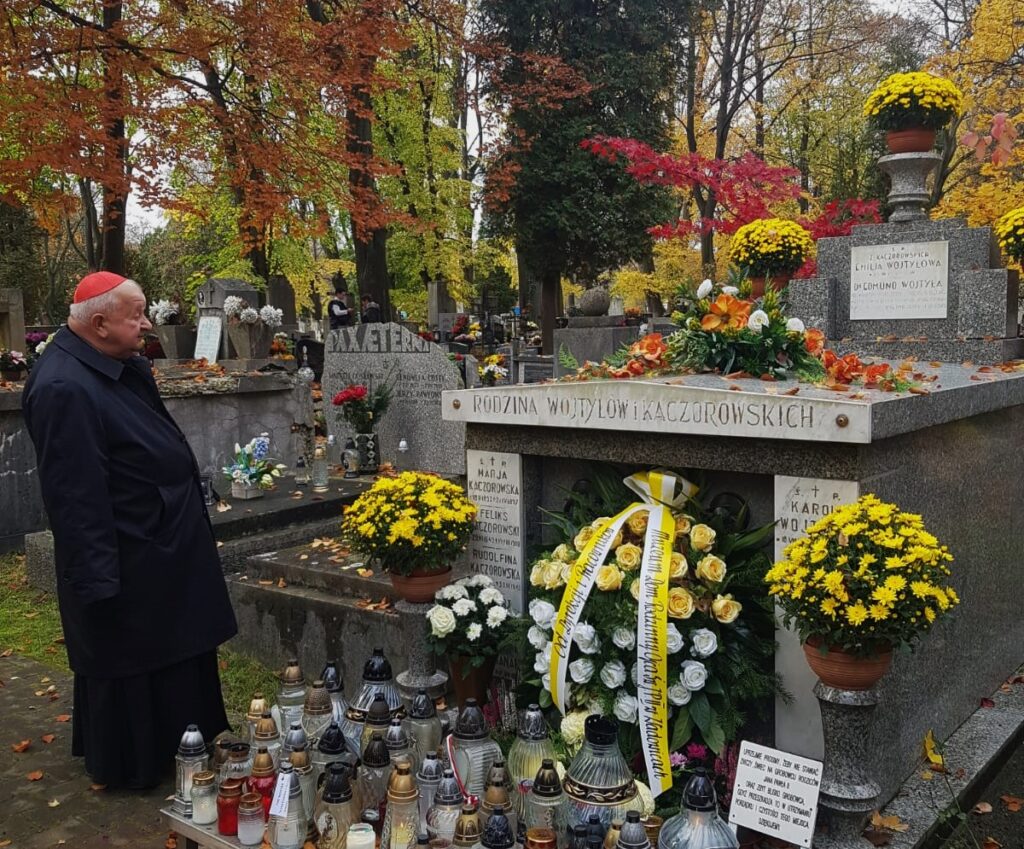
Karol Wojtyła lost his loved ones very early. When his father died in 1941, he was left alone: he had first lost his beloved mother and also his brother. Throughout his life, he visited the tomb of his parents and brother, located in Krakow, at the Rakowicki Cemetery. He did so as a priest, bishop, cardinal; he also did it as Pope during his trips to Poland. As a poet, he dedicated a moving poem to his mother, likely inspired by one of these visits to the family grave.
“On your white tomb
white flowers of life bloom.
Oh, how many years have passed without you,
how many years ago?
On your white tomb
already closed for so many years:
as if something were rising above,
like the incomprehensible death.
On your white tomb,
oh mother, my extinguished love,
with so much filial affection
I offer my prayer:
God, grant her eternal rest.”
Emilia Kaczorowska in Wojtyła died on April 13, 1929. She left behind her husband, Karol Wojtyła, and two children: the elder, Edmund, and the younger, Karol junior, the future pope. Emilia’s body was taken to Krakow, to the Rakowicki Cemetery, and was buried in an existing grave that belonged to her relatives. In 1934, Karol Wojtyła senior had the graves of the Wojtyła and Kaczorowski families built in the military part of the cemetery, and it is there that the body of John Paul II’s mother was moved, where it currently rests.
Next to Emilia was buried Edmund Antoni Wojtyła, the firstborn son of the Wojtyła family. He was born on August 28, 1906. In 1924, he took the maturity exam and subsequently, from 1924 to 1929, studied at the Faculty of Medicine of the Jagiellonian University in Krakow. He finished his medical studies in 1930 and began working first at a pediatric hospital in Krakow and then, from 1931, in the city of Bielsko. In 1932, Dr. Wojtyła became the head of the infectious diseases department and there he contracted scarlet fever from a young patient, a disease that was then deadly. He died in a few days. For Karol, who was 12 years old, it was a dramatic moment. As he revealed in a conversation with André Frossard: “The death of my mother was deeply etched in my memory, and perhaps even more so the death of my brother, due to the dramatic circumstances in which it occurred, and because I was more mature.” First, Edmund was buried in Bielsko, but later his coffin was transferred to the family grave in the Rakowicki Cemetery in Krakow.
In 1938, Karol Wojtyła junior moved with his father to Krakow. They lived in a modest apartment on Tyniecka Street 10. During the war that broke out in 1939, young Karol worked at the Solvay factory and every day he brought home in containers the food cooked by a friendly family, the Kydryński. On February 18, 1941, young worker Karol returned from work in the quarries and found his father dead. He confessed to an acquaintance: “I was not present at my mother’s death, I was not present at my brother’s death, I was not present at my father’s death.” Years later, in a private conversation with a friend in the Vatican, John Paul II recalled that night after his father’s death. “I had never felt so alone,” he confessed. The funeral took place on February 22, 1941, at the Rakowicki Cemetery, where Karol senior was buried in a grave next to his wife and son Edmund.
The tomb of the parents of Saint John Paul II is a destination for many visitors, a sign of the widespread devotion to these two Servants of God. On the eve of the celebrations of All Saints, Cardinal Stanisław Dziwisz also visited the Rakowicki Cemetery to pray at the tomb of Emilia, Karol, and Edmund Wojtyła (photo Archdiocese of Krakow).
Related
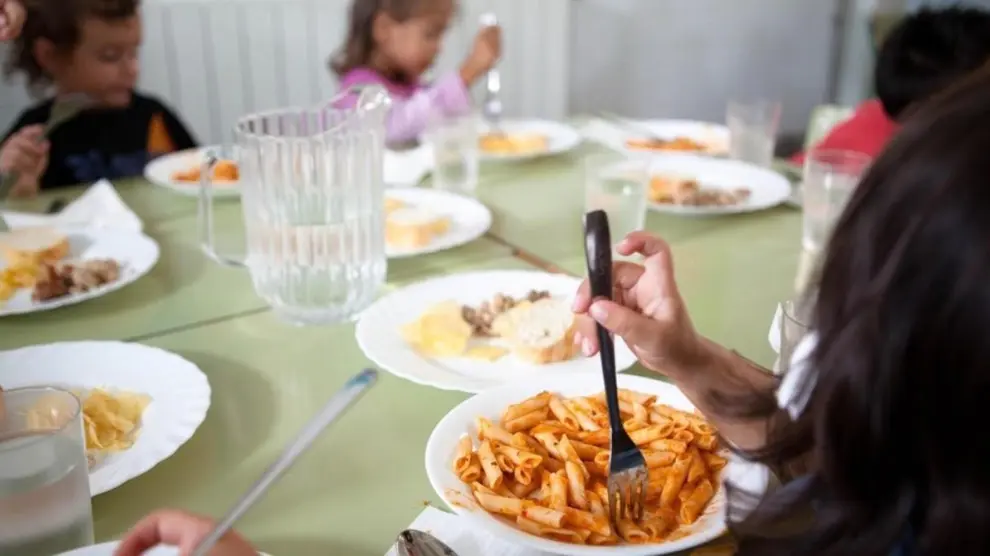
Large families are once again concerned about the lack of support such as school lunch grants or access to preschools
Exaudi Staff
26 March, 2025
1 min
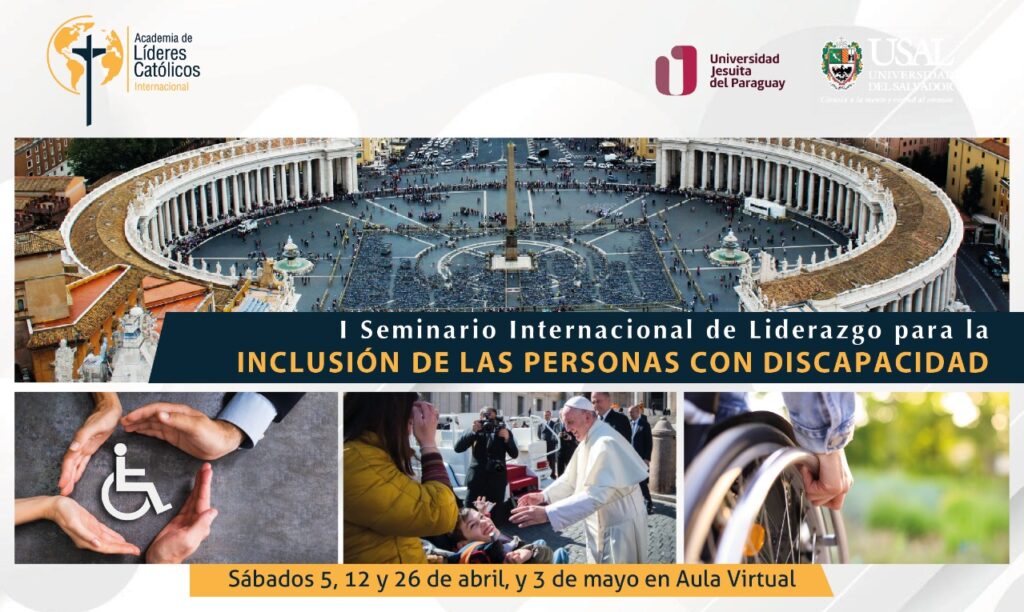
Call for Applications to the First International Leadership Seminar for the Inclusion of Persons with Disabilities
Exaudi Staff
25 March, 2025
2 min
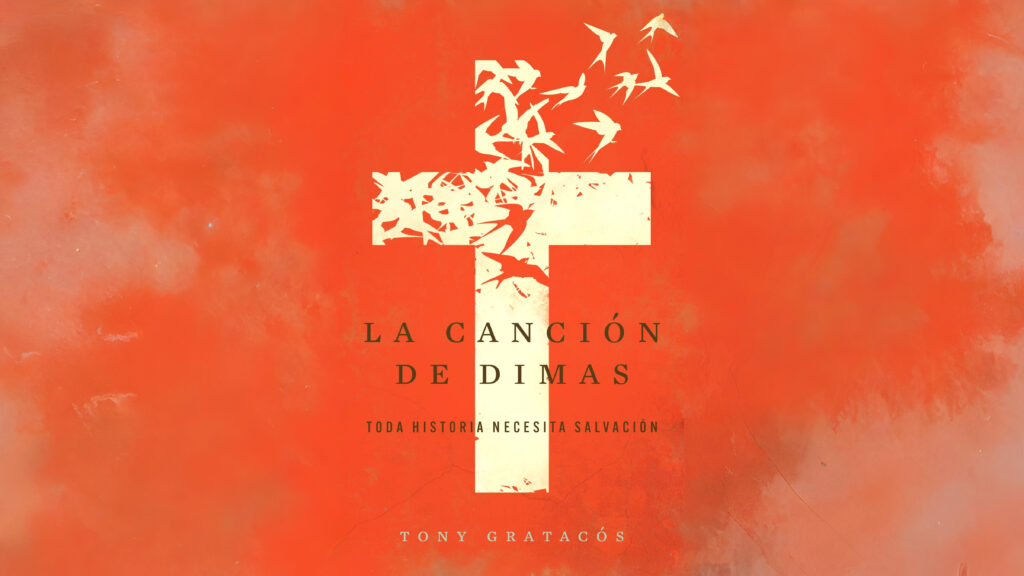
La Canción de Dimas: A Story of Redemption and Hope
Exaudi Staff
25 March, 2025
3 min
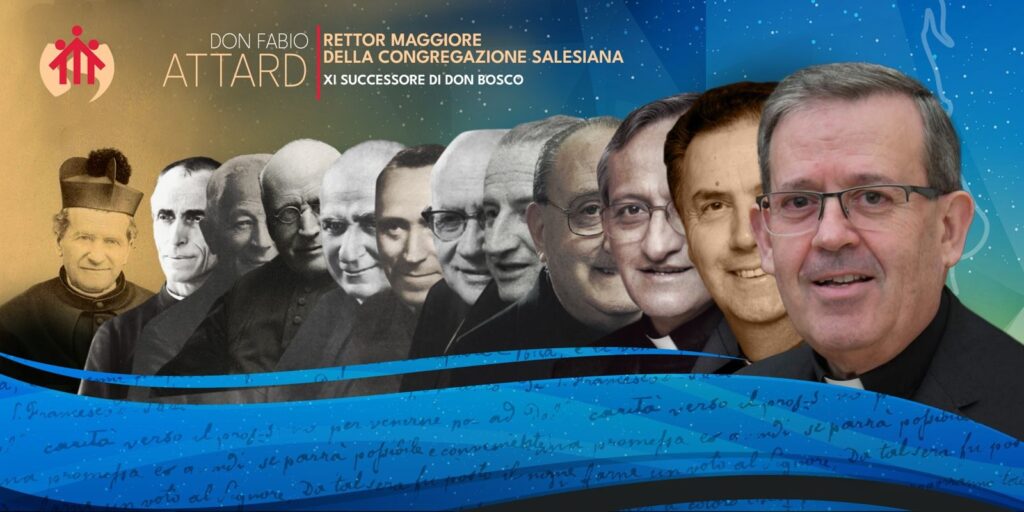
Fabio Attard, new Rector Major of the Salesians: unexpected but exciting leadership
Exaudi Staff
25 March, 2025
2 min
 (EN)
(EN)
 (ES)
(ES)
 (IT)
(IT)

